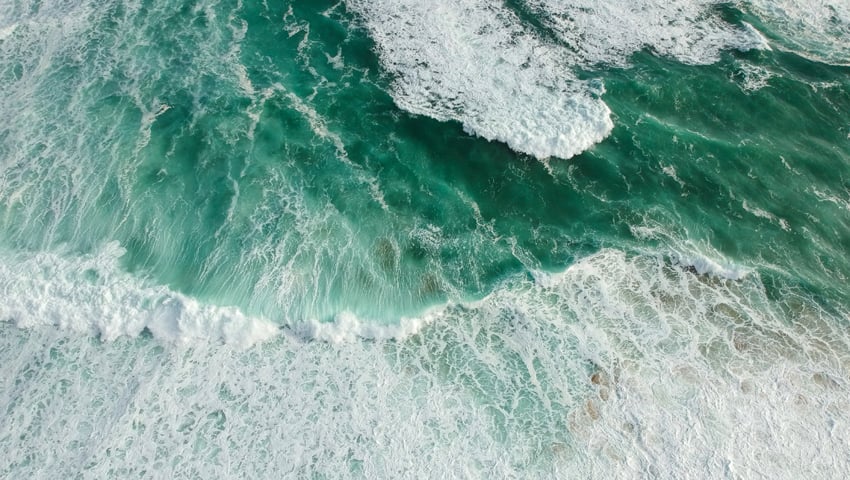RESEARCH has showed that the ocean is becoming greener as a result of changes in plankton populations. The deep blue sea is becoming steadily greener over time, with areas near the equator especially affected.
Publishing in Nature, a team of UK and US researchers said “Strong natural variability has been thought to mask possible climate-change-driven trends in phytoplankton populations from Earth-observing satellites.”
More than 30 years of continuous data were thought to be needed to detect a trend driven by climate change, but the researchers have showed that climate-change trends emerge more rapidly in ocean colour.
Following analysis of NASA satellite images, the researchers said they analysed a 20-year remote-sensing reflectance (Rrs) time series from the Moderate Resolution Imaging Spectroradiometer (MODIS) aboard the Aqua satellite, and found significant trends in Rrs for 56% of the global surface ocean, mainly equator-ward of 40°.
They said “The climate-change signal in Rrs emerges after 20 years in similar regions covering a similar fraction of the ocean in a state-of-the-art ecosystem model, which suggests that our observed trends indicate shifts in ocean colour—and, by extension, in surface-ocean ecosystems—that are driven by climate change. On the whole, low-latitude oceans have become greener in the past 20 years.”
Speaking to The Guardian, BB Cael, a scientist at the National Oceanography Centre at the University of Southampton and author of the study said “The reason we care about this is not because we care about the colour, but because the colour is a reflection of the changes in the state of the ecosystem.”
“We do have changes in the colour that are significantly emerging in almost all of the ocean of the tropics or subtropics,” said Cael. In most areas there’s a clear “greening effect”, Cael said, but he added that there are also places where red or blue colourings are rising or falling.
“These are not ultra, massive ecosystem-destroying changes, they may be subtle,” said Cael. “But this gives us an additional piece of evidence that human activity is likely affecting large parts of the global biosphere in a way that we haven’t been able to understand.”
